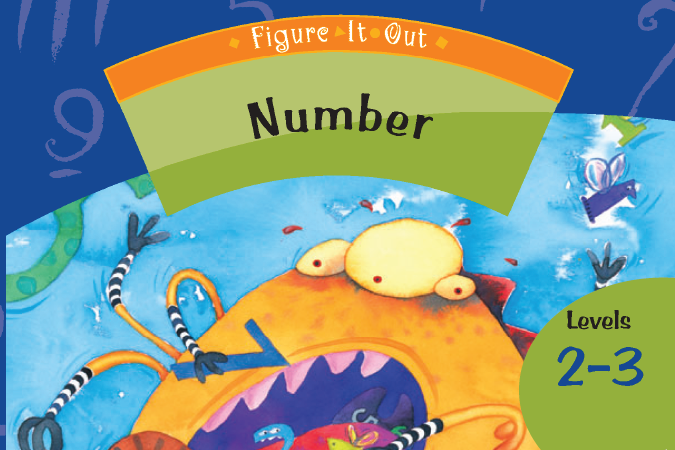Going up
This is a level 2 number activity from the Figure It Out series. It relates to stage 5 of the number framework. A PDF of the student activity is included.

About this resource
Figure It Out is a series of 80 books published between 1999 and 2009 to support teaching and learning in New Zealand classrooms.
This resource provides the teachers' notes and answers for one activity from the Figure It Out series. A printable PDF of the student activity can be downloaded from the materials that come with this resource.
Specific learning outcomes:
- Make 2-digit numbers and order them.
Going up
Achievement objective
NA2-2: Know forward and backwards counting sequences with whole numbers to at least 1 000.
Required materials
- Figure It Out, Levels 2–3, Number, "Going up", page 8
- 4 sets of Going up MM
- 2 photocopied sheets of Going up CM
- classmate
See Materials that come with this resource to download:
- Going up activity (.pdf)
- Going up CM (.pdf)
- Going up MM (.pdf)
Activity
Skyscrapers is designed to develop students’ ability to order two-digit whole numbers. (The copymaster for Skyscrapers (Going up CM) is provided at the back of this booklet.) After the students have played the game several times, discuss tactics with them. Look for students to suggest that for any number selected, it is important to match the rung it is placed on with its related position in the numbers 0–99. For example, if the number 48 were selected, it would be wise to place it near the middle, but if 11 were selected, then the bottom rung might be best.
The game can be made more difficult by forming a three-digit number for each turn and getting students to start their skyscraper floor plan on floor 100.
You can develop your students’ understanding of probability by giving them hypothetical game situations. For example:
![Seven blocks are stacked and numbered from bottom to top: 12, 27, 43, 59, [blank], 75, and 96, with the caption, "If player one's floor plan looks like this:".](https://images-au-prod.cms.commerce.dynamics.com/cms/api/qwxsnqcpfm/imageFileData/ML2LIY?ver=e14d)
![Seven blocks are stacked and numbered from bottom to top: 08, 26, 29, 53, 62, [blank], and 84, with the caption, "and player two's floor plan looks like this:".](https://images-au-prod.cms.commerce.dynamics.com/cms/api/qwxsnqcpfm/imageFileData/ML2W92?ver=240f)
- Which player do you think is more likely to win?
The game Hit a Hundred requires students to make choices about where to put digits. A productive strategy is to allocate the first few throws to “tens” in order to build the total as close to 100 as possible and then choose “ones” or “tens” on the remaining throws.
Totals are allowed to exceed 100. This can create rounding issues about which score is closest.
For example,
- Is 97 or 104 the closest?
A number line, which provides a visual representation of the distance between numbers, can help solve such problems.
Game 1
Skyscrapers game
Game 2
Hit a Hundred game
The quality of the images on this page may vary depending on the device you are using.


